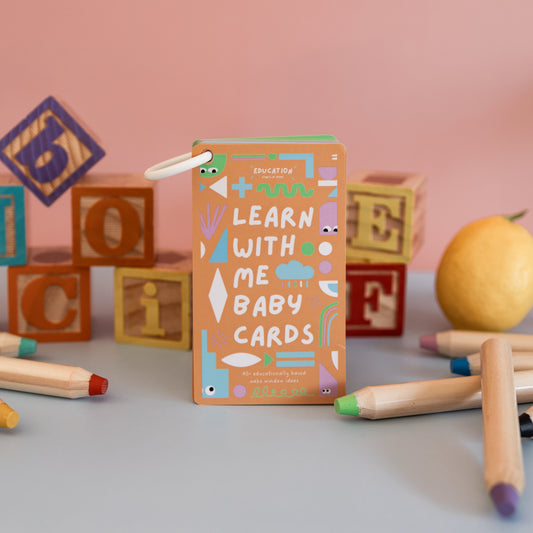🧠 How to Encourage Independent Play (Without the Guilt or the Struggle)
Tiria
Independent play is one of the most valuable skills your child can learn — and one of the biggest gifts you can give yourself as a parent.
But here’s the truth: learning to play independently doesn’t happen overnight, and it’s not about leaving your toddler alone with a pile of toys and hoping
for the best. Like any skill, it takes time, practice, and the right kind of support.
This post will walk you through some gentle, realistic strategies to help your little one build confidence in playing on their own — while still feeling secure,
connected, and supported.

🌱 Why Independent Play Matters
Independent play isn’t just about giving you a break (although that’s a very welcome bonus!). It also supports your child’s development in some big ways, including:
-
Imagination & creativity
-
Problem-solving & persistence
-
Emotional regulation
-
Confidence & autonomy
-
Focus and concentration
When your child is given space to explore on their own, they learn to trust their ideas, manage small frustrations, and build a sense of “I can do this!”
💡 5 Ways to Gently Encourage Independent Play
1. Start Small & Stay Close
You don’t have to go from 0 to 30 minutes. Start with just 3–5 minutes of solo play, while sitting nearby. You might fold laundry, drink your coffee, or even narrate what they’re doing — just keep the energy calm and non-intrusive.
2. Create an Inviting Play Space
Set up a small, safe area with a few open-ended toys (like blocks, play silks, stacking cups, or figurines). Keep it clutter-free and rotate items every few days to keep things fresh and exciting.
3. Use “Play Invitations”
A simple setup — like animals in play dough, or a bowl of water with scoops — can spark curiosity and draw your child in. You don’t need a Pinterest-worthy tray; it’s all about offering something interesting and letting them take the lead.
4. Give Them Time to Struggle (Just a Little)
If something’s a bit tricky, resist the urge to jump in straight away. That small pause gives them space to problem-solve and builds resilience and patience. You can always offer gentle support if frustration starts to rise.
5. Celebrate It When It Happens
After a short burst of independent play, say something like, “I saw you were really focused on your blocks all by yourself — you looked like you were having fun!”
This builds their confidence and helps them understand the value in their play.

⏳ What If They Still Want You to Play?
That’s totally normal! Especially for younger toddlers, independent play doesn’t mean no interaction — it just means they’re learning to explore on their own terms.
Try:
-
Sitting near them while doing something else (a “parallel play” approach)
-
Saying, “I’m going to do the dishes while you play. I’ll be right here if you need me.”
-
Using a visual timer to show how long you’ll be nearby but not playing
The goal isn’t to leave them alone — it’s to build up their confidence, little by little, so they know they’ve got this.
💬 Final Thoughts
Encouraging independent play doesn’t mean disconnecting — it’s actually a beautiful way to help your child feel secure enough to explore. Start small, stay consistent, and celebrate every moment they take the lead.
And remember: it’s okay if your child wants you close. You’re their safe space — and that’s a pretty special thing.
Want play ideas that help build independence and support your child’s development?
👉 Check out our Learn With Me cards here
or
📸 Follow us on Instagram for daily play prompts, tips, and inspiration.




